This interior designer has a specialty for small spaces – these are her simple ways to maximize style when square footage is tight
Sarah Peake, founder of the interior design studio Studio Peake, has plenty of experience with small spaces
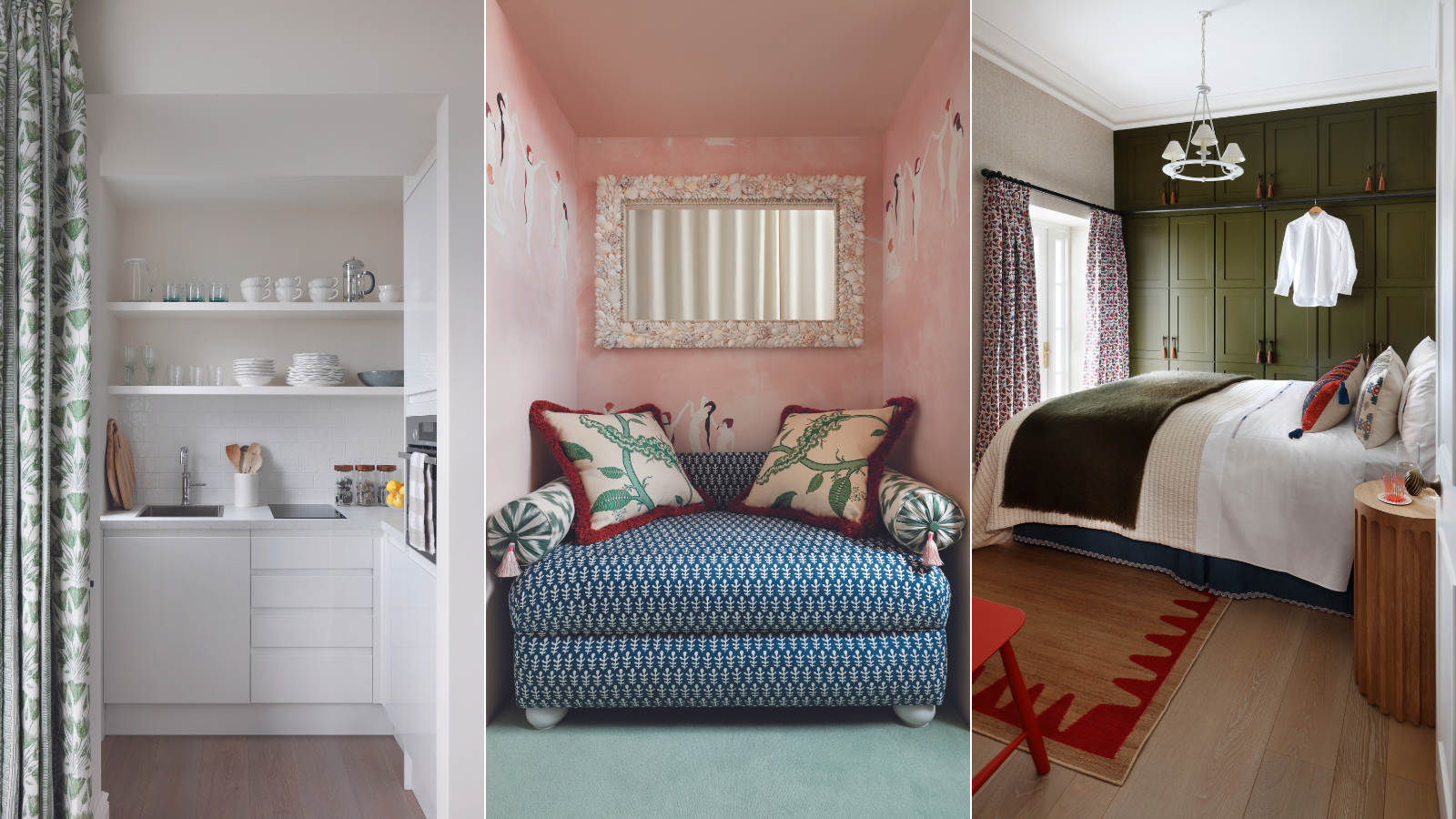
Designing a small room can often feel like a game of Tetris, but get it right and you'll be rewarded with a space that's both practical and full of charm. All it takes is a bit of extra creative thinking and additional groundwork.
Sarah Peake, founder of the interior design studio Studio Peake, has worked with many a small room in her time. For her, spatially challenging homes are frequently the ones that end up being the most enchanting.
'Often people don’t know what to do with a small space. It can feel harder to transform than a large room, but it just takes planning. Some of my favorite spaces are small rooms – when done well they feel really tailored to the owner and the house,' she says.
From bespoke solutions to the little elements that bring it all together, Sarah unveils five of the key things she keeps in mind to make the most of a small room.
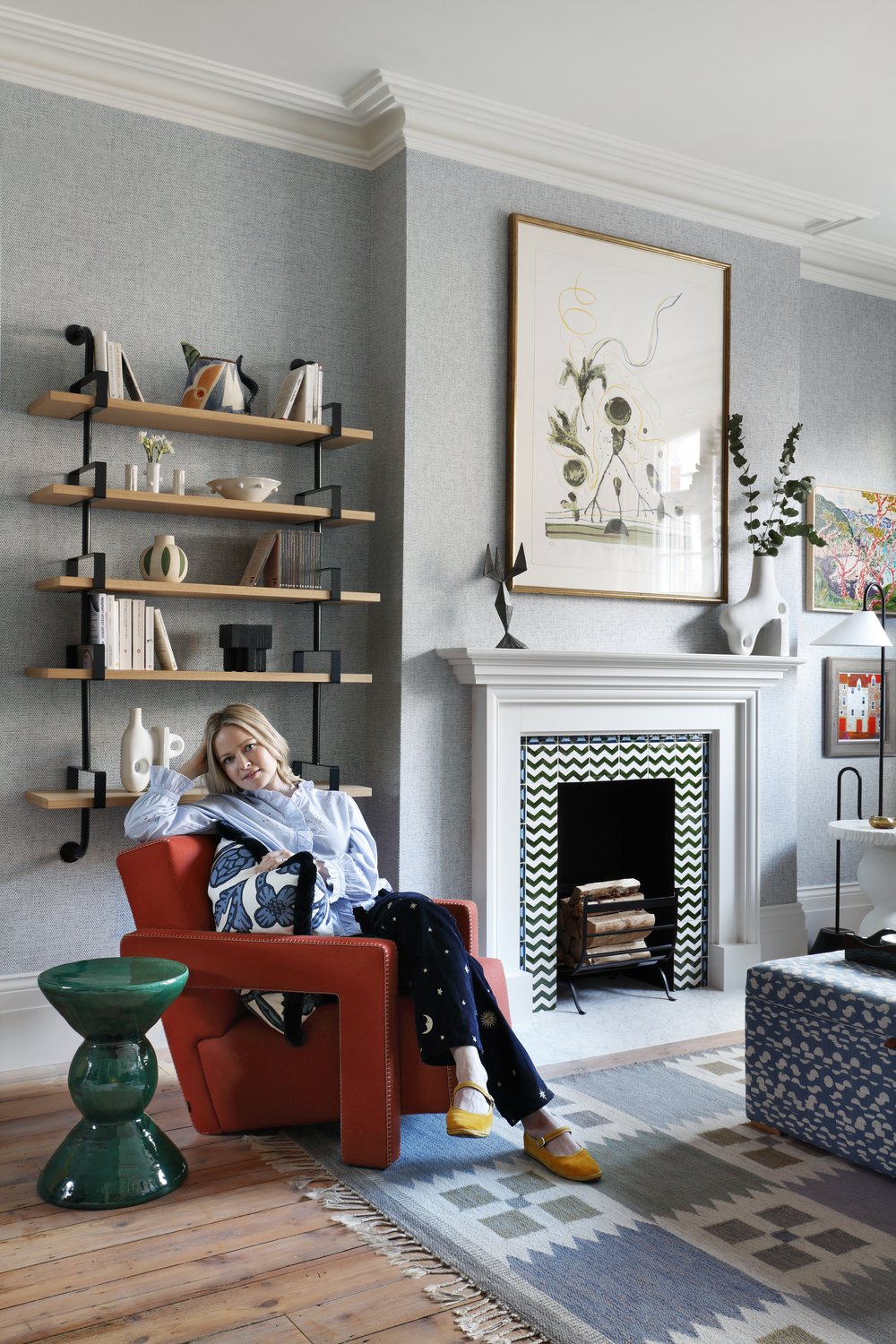
Studio Peake is a studio based in London and offers bespoke design solutions that are unique, working with both private and commercial clients. Sarah Peake is the founder and the creative director of the company.
1. Plan every detail
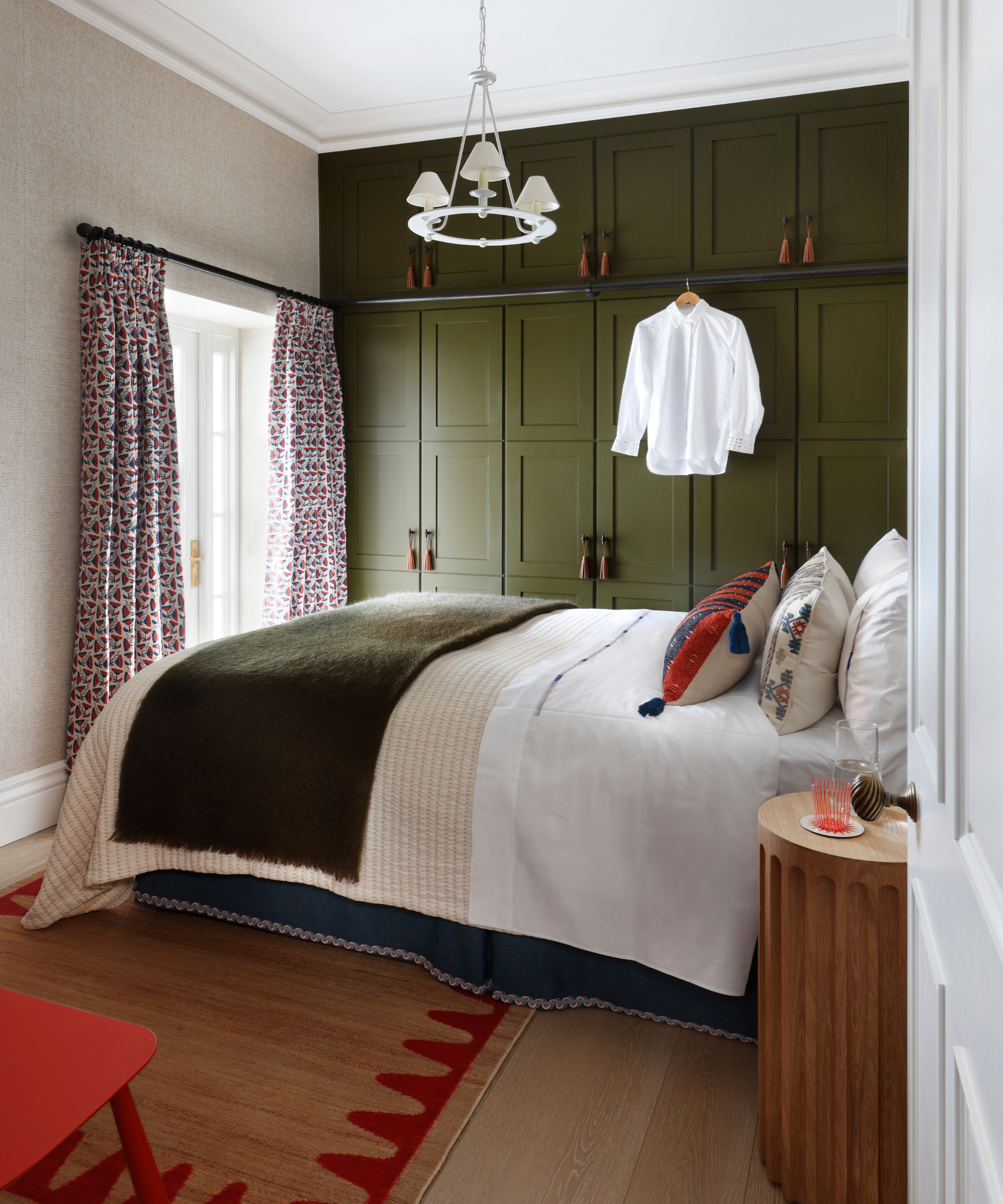
'The smaller the room is, the more you need to work out in advance. I draw everything on floor plans, taking every elevation into account, to maximize every bit of space. For areas where you don’t have full standing height, a loft space for example, you can put a short piece of furniture such as a chest of drawers or a bath under the eaves.
Little details can really make a difference in a small space as they stand out more. In this small room, for bedroom storage, we had plain floor-to-ceiling built-in wardrobes and added little leather tassel handles that tied in with other leather detailing in the scheme.
In the same bedroom, we aligned the height of the curtain pole with the top cupboards and ran it from over the French doors all along the cabinetry, so it doubled as a rail for hanging clothes – and it looked really smart.'
Design expertise in your inbox – from inspiring decorating ideas and beautiful celebrity homes to practical gardening advice and shopping round-ups.
2. Consider a bespoke solution
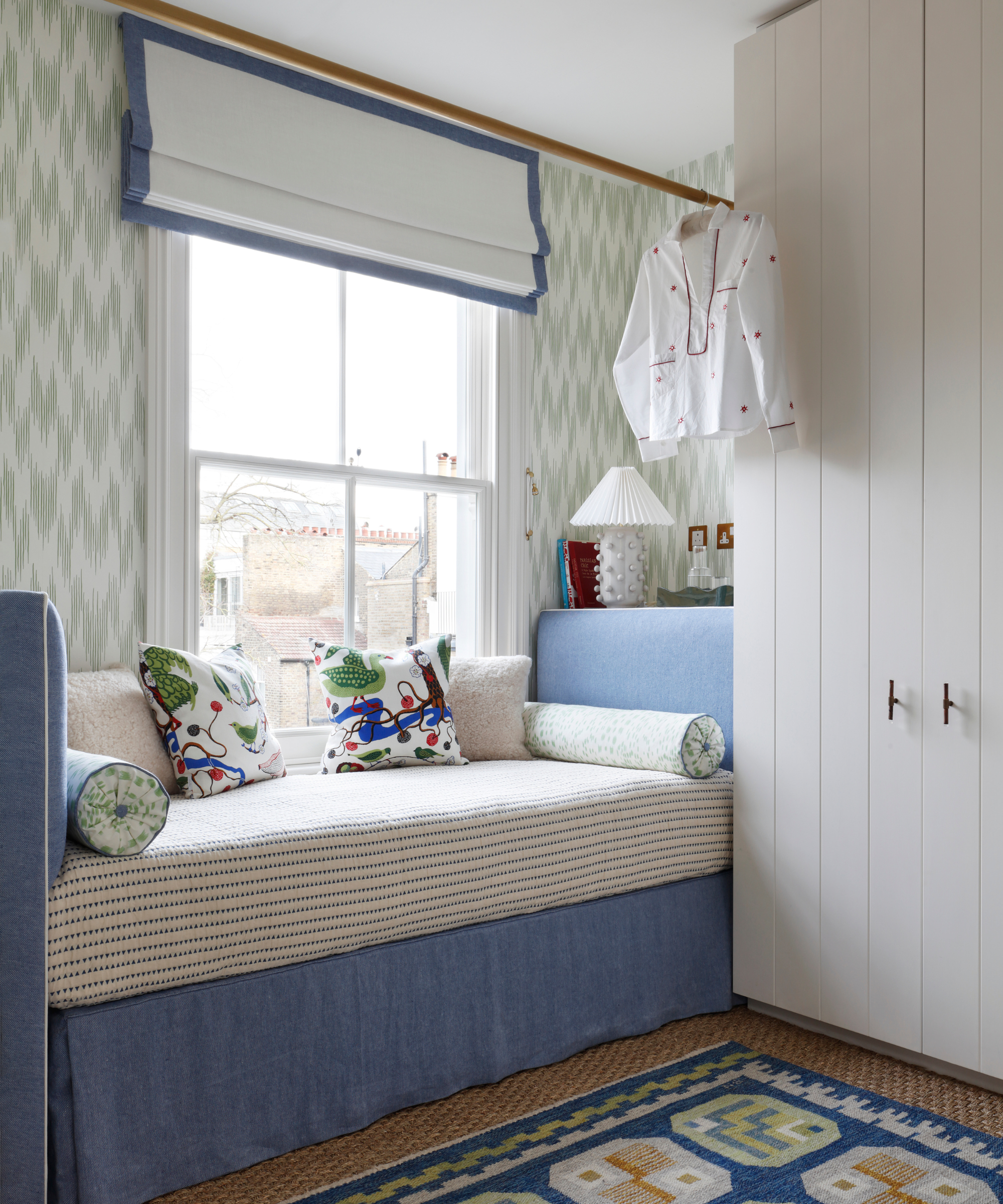
'Fitted furniture works really well in smaller spaces because it can be more efficient than freestanding pieces that have gaps around them and it also looks more unified. In a small bedroom you might want to box in the bed with a fitted wardrobe.
I love bespoke joinery in a small space, but I think it looks really smart if you keep all the colors the same so it’s not broken up.'
3. See it as a chance to be bold
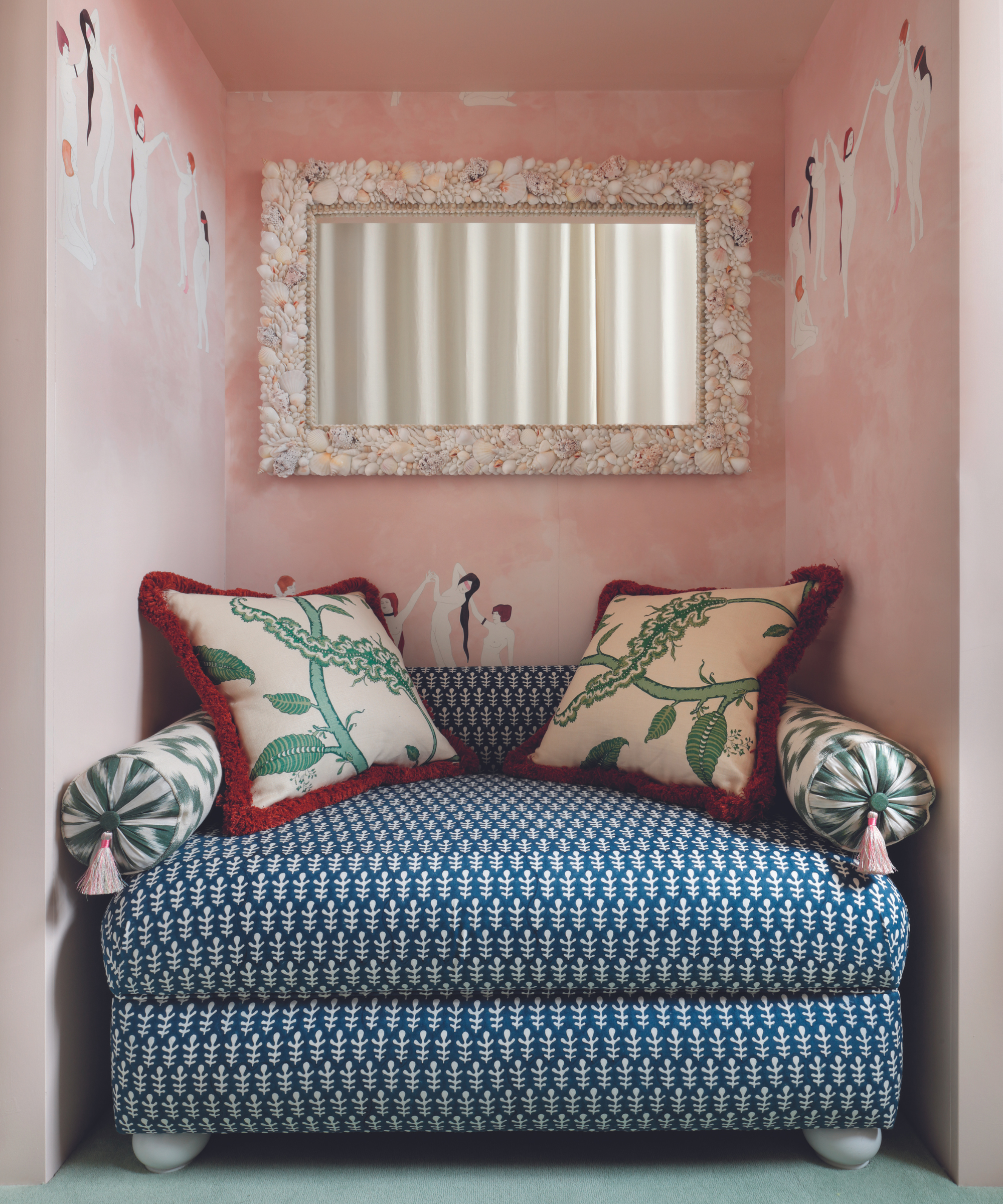
'Smaller rooms offer a good chance to go bolder than you would in the rest of the house. I often opt for a stronger color and pattern on the walls, so the space has its own special character. You can use it to show off your extroverted side.
It doesn’t have to be a crazy wallpaper – this seems to be the default option for a cloakroom. But I always try to think of other ways to add interest, such as an unusual floor or painting the ceiling and the cornice a darker color to feel atmospheric.'
4. Streamline everyday spaces
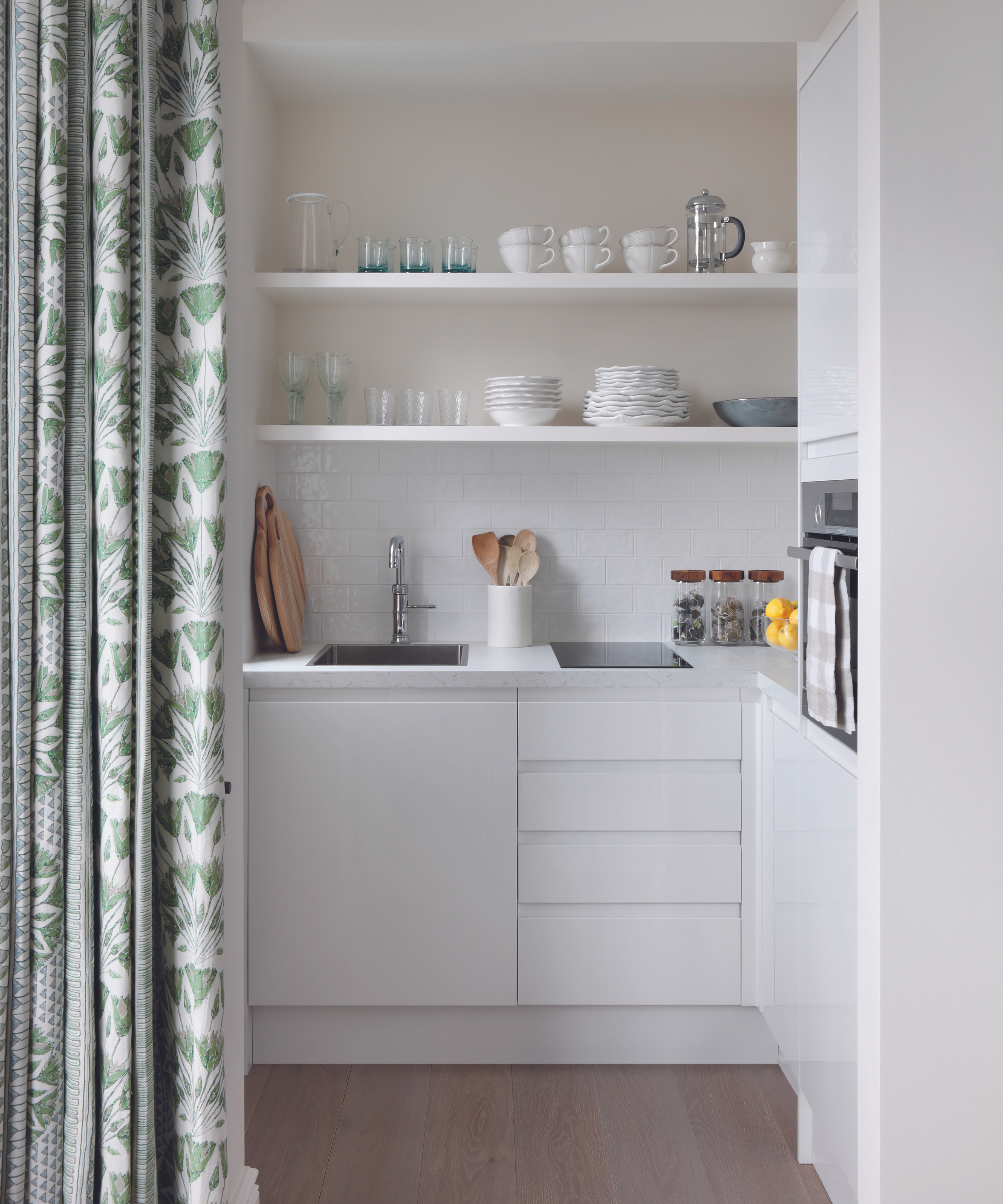
'Saying that, sometimes a small space needs to be stripped back. In one small kitchen project we worked on we removed the door, architrave and moldings to simplify it.
Incorporating elements that can serve two roles is especially practical. For example, you can use a day bed as a sofa that can also be used as a single bed to maximize the function of the room.
When you’re short on space you have to get creative. In a tiny dressing room project we did, there wasn’t really space for wardrobe doors to open out, but the client wanted to keep her clothes hidden so we added curtains instead of doors.'
5. Pay attention to lighting
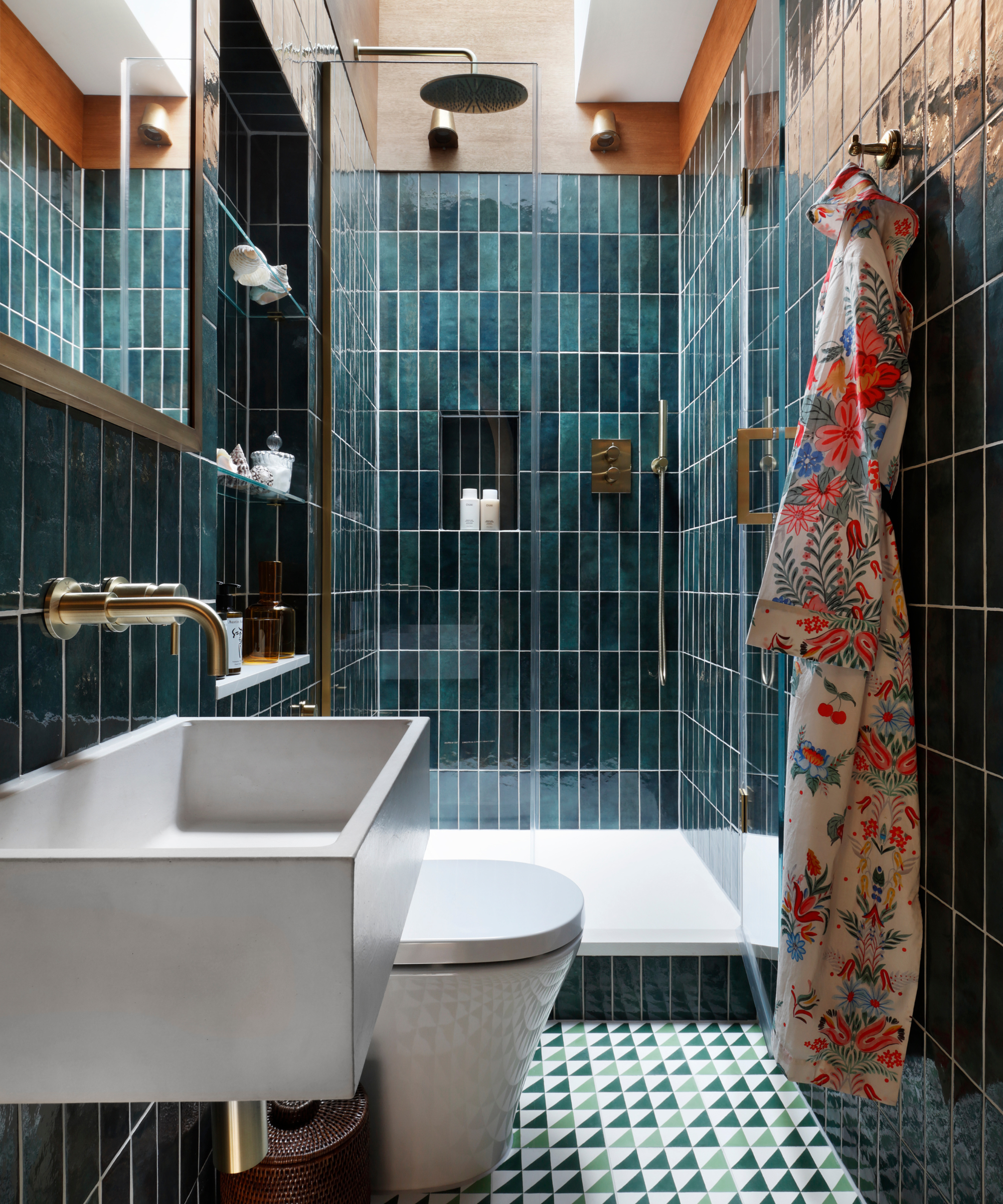
'You have to pay close attention to lighting in small spaces, especially as they often lack natural light. If it’s a cozy room, you can lean into the fact that the lighting is naturally darker. In any space, always plan a layered lighting scheme so you have levels.
A directional surface-mounted spotlight can work brilliantly in a low space, such as an attic bedroom, and I love a swing-arm wall light if there’s no space for a bedside table. In rooms with low ceilings, flush mounts are great, as they don’t hang down. If you don’t have space for lots of lighting fixtures, consider joinery lighting, as it’s tucked away.'
There's no doubt that small rooms offer their own unique set of challenges, but take a leaf out of Sarah's book, and reframe it as an opportunity to create something truly unique.
With the help of these creative solutions from the Studio Peake founder, it's possible to make the most of every inch of space whilst enhancing the impeccable style of your home.
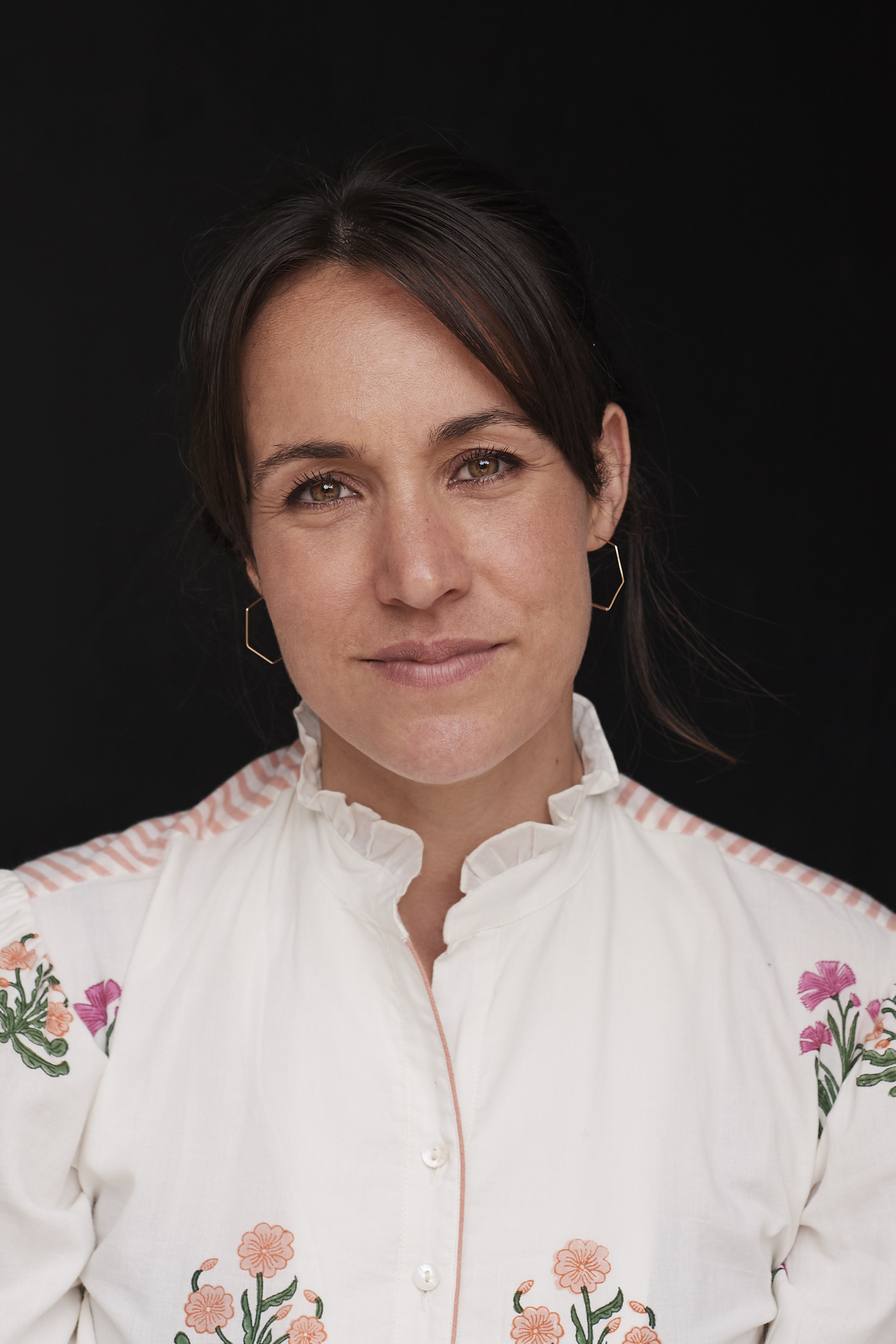
Jessica Salter is an interiors writer who interviews the leading interior designers and tastemakers each month in Homes and Gardens about their inspiring, yet practical ways to instill a slice of high-end design nous in our own homes and lives.
Jessica has had the luxury of snooping around some of the most stylish houses in the world, such as Pearl Lowe’s Cotswolds manor house, designer Matilda Goad’s London house and the interior design studio and husband and wife duo Buchanan Studio. She delights in asking the biggest names in the world of interiors, from Nina Campbell to Sophie Ashby, the really practical questions that we all want answers to – such as where to source that perfect living rug, kitchen cupboard handle, or paint finish – and loves finding out the design hacks that we can all achieve, especially on a budget.
After studying English Literature, Jessica started her career in journalism as a news reporter at the Daily Telegraph, before moving into the paper’s Saturday Magazine as a commissioning editor of lifestyle and food features, interviewing cultural influencers from authors and actors to politicians and inspirational figures, reporting on key trends across the sectors of health, fitness and wellbeing.

